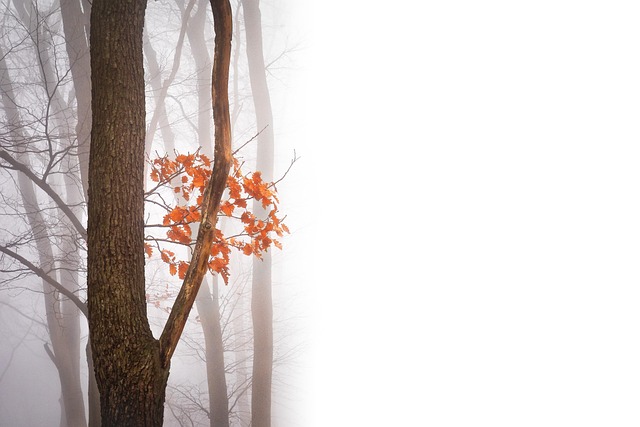The Power of What Isn’t There
In photography, it’s easy to become obsessed with the subject—what we can see, touch, and frame directly. But within the world of Negative space, there’s a quiet poetry, a visual breath that can say more than all the colors and sharpness combined. This space—what seemingly isn’t”—can transform an ordinary photo into an evocative moment of introspection.
Seeing with Intention
When you lift your camera, whether it’s a vintage film piece or the latest mirrorless marvel, you’re not just pointing and shooting. You’re crafting a story. And in a story, pauses matter as much as the words. That empty sky above a single tree? That sea of white around a dancer’s silhouette? That’s Negative space. It beckons the viewer to linger, to wonder, to feel.
Optics Designed to Whisper
The lens you choose plays a pivotal role in how Negative space is rendered. A shallow depth of field, thanks to wide aperture optics, can blur the surroundings and push the subject away from distractions—establishing a quiet bubble of space. A wide-angle lens can exaggerate distance, stretching the empty areas to create silence on purpose.
Quiet Doesn’t Mean Empty
Photographers often mistake Negative space for void, for less. But less can whisper louder than more. Look at a minimalistic portrait, the subject floating in a white room; or a black-and-white street capture with shadows swallowing corners. These aren’t accidents. They’re deliberate choices of silence. Emotional. Thoughtful. Precise.
Editing with Empathy
Post-processing is not just color correction—it’s storytelling refinement. Cropping out the clutter creates stronger Negative space. Muting colors or adjusting contrast can guide the viewer’s eye gently across emptiness, embracing the absence rather than fearing it. In the digital darkroom, restraint becomes your most potent tool.
Why It Matters
Ultimately, Negative space invites reflection—not just from the viewer, but from the photographer. It challenges you to observe what’s often ignored, to listen to silence through your lens. It teaches us that in photography, as in life, sometimes it’s not about what you capture, but what you choose to leave behind.


